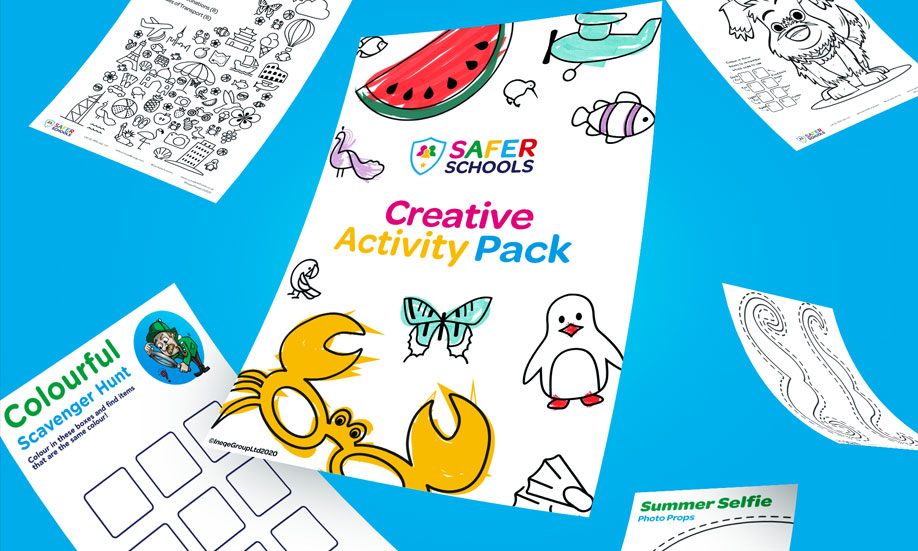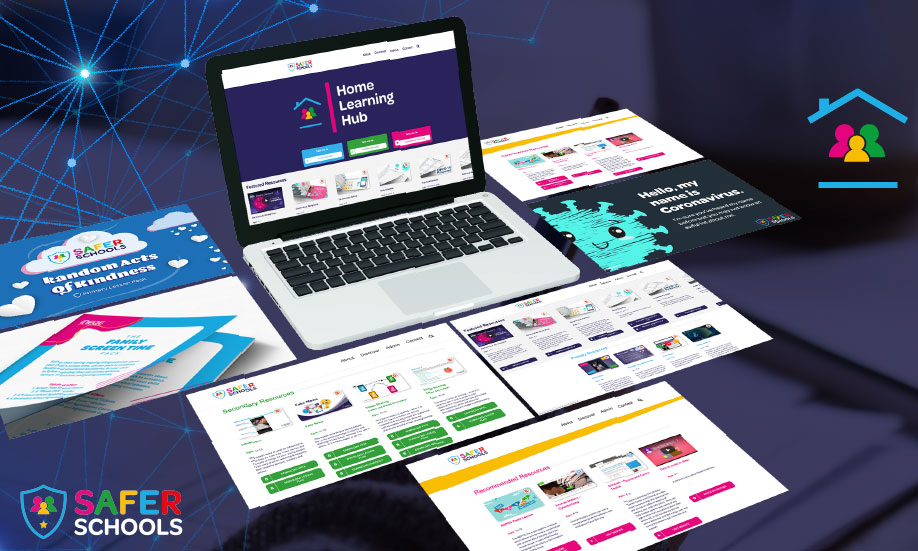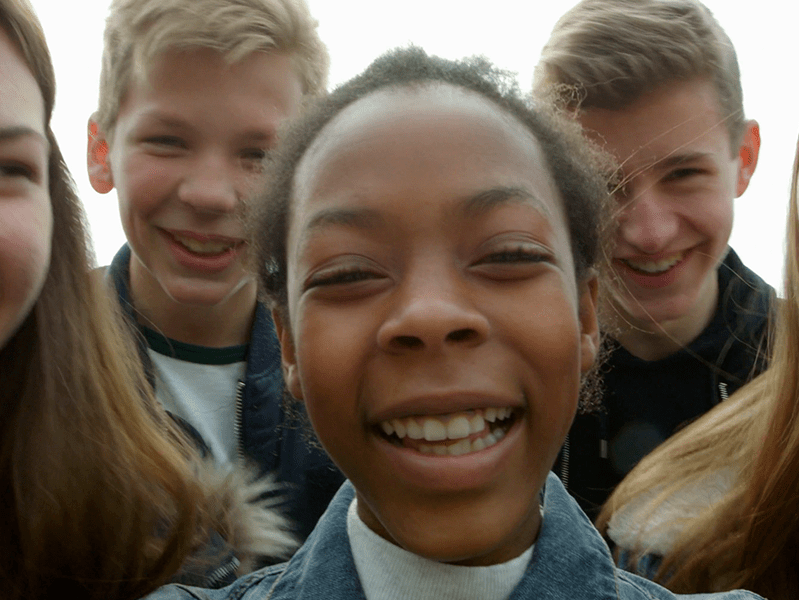Last Updated on 10th December 2021
What is Sharenting?
Many parents use social media to share important moments of their children’s lives with friends and family. Some children’s digital footprints begin before they are even born, when parents share an image of a baby scan to announce their exciting news.
Just how safe is sharing these previously private moments, and what other information do we share without realising?
What are the Risks of Sharenting?
Safer Sharenting
According to Ofcom, 42% of parents share photos of their children, with half of these parents posting photos at least once a month. It’s important that parents think about how they can share information about their children safely.
Here are our top tips on staying safer if you’re sharenting:
It’s natural to want to share proud moments with those close to us. If you like to share updates on your child’s life, consider what steps above could help you do this safely and securely.
It might also help to discuss the issue of sharenting with other parents/carers in your community.
Do you receive our Safeguarding Alerts?
Receive regular updates to help you safeguard children in a digital era.














